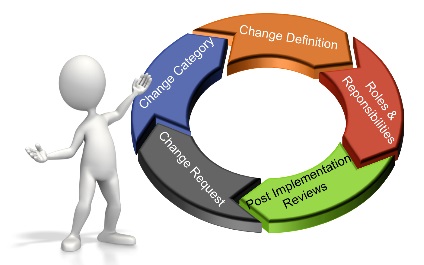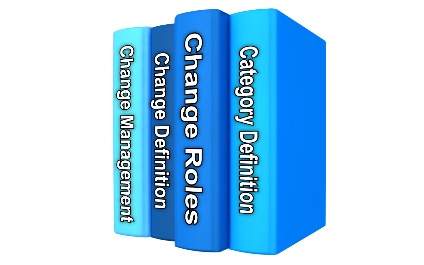In the modern world, information technologies and data are the foundation of running business. Data protection is crucial to ensuring normal business operations and reduce the likelihood of unplanned disruption. There are four objectives of data protection: data availability, data preservation, data responsiveness, and data confidentiality.
Data Availability vs. Criticality
Business Process Requirements and How Consultants Can Help

Why Do You Need a Consultant?
Some years ago, I witnessed a failed purchase order (PO) system implementation. The application had its out-of-box and solid program for the PO approval process for conventional organizational reporting structure. The client company’s organizational reporting structure was not conventional.
Reviewing SOX Internal Controls and Implementation

The Sarbanes-Oxley Act (SOX) started in early 2000s following the Act passing in 2002, which required all qualifying SEC-registered organizations to document, evaluate, monitor and report on internal control over financial reporting. SOX has been raising the stakes for Chief Information Officers and information technology departments by requiring certification on the performance of systemic internal controls that contribute to the accuracy and integrity of financial reporting.
COBIT vs ITIL: Choosing Your IT Governance Framework
How To Avoid Sarbanes Oxley Pain
Your “how to” blog post should teach the reader how to do something by breaking it down into a series of steps.
Begin your blog post by explaining what problem you are going to solve through your explanation and be sure to include any relevant keywords. Add in a personal story to establish your credibility on this topic. And make sure to end your blog post with a summary of what your reader will gain by following your lead.
8 Keys To Effective IT Change Management

Effective management of change provides a structured, consistent, and measurable change environment to be utilized across an organization and is a critical component in the success of its daily business. Its goal is to increase awareness and understanding of proposed changes across the organization and ensure that all changes are made in a thoughtful way that minimizes negative impacts to services and customers. An organization should have a document that defines the implementation of Change Management procedure. The computing systems, networks, peripherals, and associated facilities are subject to continuous changes driven by new technology, evolving business requirements, changing contractual requirements, and growing regulatory policies. Effective change management applies to both systems and supporting infrastructure, and is a necessary component for the continuous success and growth of the organization.
Effective Change Management – Change Communication

Effective management of change provides a structured, consistent, and measurable change environment to be utilized across an organization and is a critical component in the success of its daily business. Its goal is to increase awareness and understanding of proposed changes across the organization and ensure that all changes are made in a thoughtful way that minimize negative impact to services and customers. An organization should have a document that defines the implementation of Change Management procedure. The computing systems, networks, peripherals, and associated facilities are subject to continuous changes driven by new technology, evolving business requirements, changing contractual requirements, and growing regulatory policies. Effective change management applies to both systems and supporting infrastructure, and is a necessary component for the continuous success and growth of the organization.
How to Prevent Security Incidents

No industry or organization is immune to cyber security attacks or a data breach. Network security threats exist perpetually and eliminating all computer security risks may be an impossible task. However, there are recommended measures and best practices which can increase the effort required to breach a network or to compromise data security. Effective security practices should be incorporated into the overall security defense strategy to protect an organizations’ network and resources. Preventing problems is far less costly and more effective than reacting to security incidents after they have occurred.
Effective Change Management – Documenting Changes

Effective management of change provides a structured, consistent, and measurable change environment to be utilized across an organization and is a critical component in the success of its daily business. Its goal is to increase awareness and understanding of proposed changes across the organization and ensure that all changes are made in a thoughtful way that minimize negative impact to services and customers. An organization should have a document that defines the implementation of Change Management procedure.
Roles and Responsibilities in Change Management Process

Effective management of change provides a structured, consistent, and measurable change environment to be utilized across an organization and is a critical component in the success of its daily business. Its goal is to increase awareness and understanding of proposed changes across the organization and ensure that all changes are made in a thoughtful way that minimize negative impacts to services and customers. An organization should have a document that defines the implementation of Change Management procedures. The computing systems, networks, peripherals, and associated facilities are subject to continuous changes driven by new technology, evolving business requirements, changing contractual requirements, and growing regulatory policies. Effective change management applies to both systems and supporting infrastructure, and is a necessary component for the continuous success and growth of the organization.


